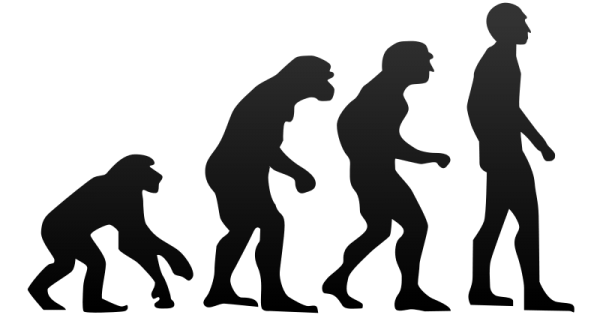Those Other Ancestors
Neandertals were big, with bigger intellects than you might think

Now it can be told. I am 2.9 percent Neandertal. I’ve had my genome inspected at the firm 23andMe, and, yes, it’s true. I’m quite pleased. But I am not satisfied. I wish I knew the particulars of the coming together of my ancient Neandertal ancestor with my ancient Homo sapiens ancestor. This union (or these unions) would have occurred some time between 40,000 and 28,000 years ago. Time is a thick veil.
Still, during the past decade, studies of bones and genes have been remarkably rewarding. The human species Homo erectus evolved out of earlier human forms 1.8 million years ago and survived until 143,000 years ago. He and she walked on two feet and used tools and gradually spread over Africa and western and eastern Asia. Out of Homo erectus evolved, it is thought, Homo heidelbergensis. This common ancestor of both Homo neanderthalensis and Homo sapiens existed from 400,000 to 350,000 years ago. Homo heidelbergensis used fire and was the first to build shelters as opposed to just finding shelter, although they did that too. The European branch of Homo heidelbergensis evolved into the Neandertals 300,000 or more years ago. The Neandertals were big-bodied, light-skinned, cold-adapted humans. Some, at least, were redheads. The African branch of Homo heidelbergensis evolved into Homo sapiens—us—200,000 years ago. We were slighter-bodied. We had narrower hips and darker skin. (For a great short course on human evolution, check out the Smithsonian Institution website What Does It Mean to Be Human?).
Homo sapiens began moving out of Africa to the Near East 40,000 years ago. There they encountered a southern remnant of Neandertals. Most of that species had long since gone extinct. But we shared the region for 15,000 years, until the Neandertals disappeared. Fifteen thousand years is a long time.
What happened to the Neandertals? The conventional view used to be that they were basically stupider and did okay as long as we (Homo sapiens) were not there to outwit them or wipe them out or out-hunt them or whatever. But this view is now hotly disputed.
A “growing body of evidence indicates that Neandertals were savvier than they have been given credit for,” writes Kate Wong in a recent special issue, “What Makes Us Human,” of Scientific American. Contrary to previous suppositions and speculations, Neandertals ate a varied diet including not only large mammals like mammoths but also birds, rabbits, and seafood. They possessed the “language gene,” just as we do, and likely communicated in some sort of language. They manufactured tools, although not in as great a variety as we did. They decorated their bodies and wore jewelry—an index of symbolic cognition. They likely adorned themselves with feathers.
Because they had bigger bodies, they required more calories to survive than we do. They may have lacked sewing skills. Neither Neandertals nor Homo sapiens lived long (the rare 30-year-old Neandertal was old), but at some point, for reasons not really understood, the life spans of Homo sapiens began to increase. More longevity provided a grandparent generation to impart knowledge, skills, and more resources to the group.
Another discovery bearing on the subject are the extreme climate fluctuations that occurred between 65,000 and 25,000 years ago. The Neandertals had bodies and cultures adapted to ice and snow. This time of fluctuation involved such rapid climate change that in one lifetime “all the plants and animals that a person had grown up with could vanish and be replaced with unfamiliar flora and fauna,” writes Wong. The environmental stress may have decimated their ranks to below zero population growth.
Another possibility is that as we interbred, our gene pool swamped out their gene pool.
The Neandertals are long gone. But they have not disappeared entirely. They live on—in me, and, very likely, in you.

